Community articles — Math
Seneste
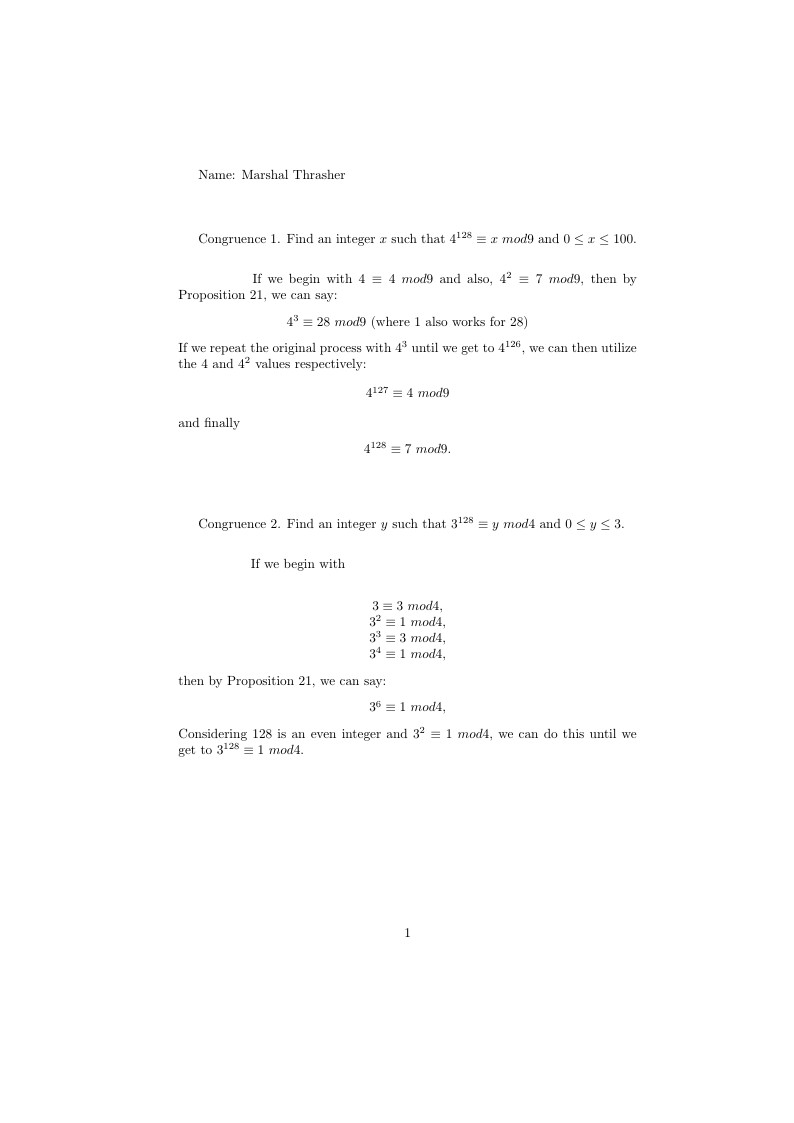
Fast exponentiation
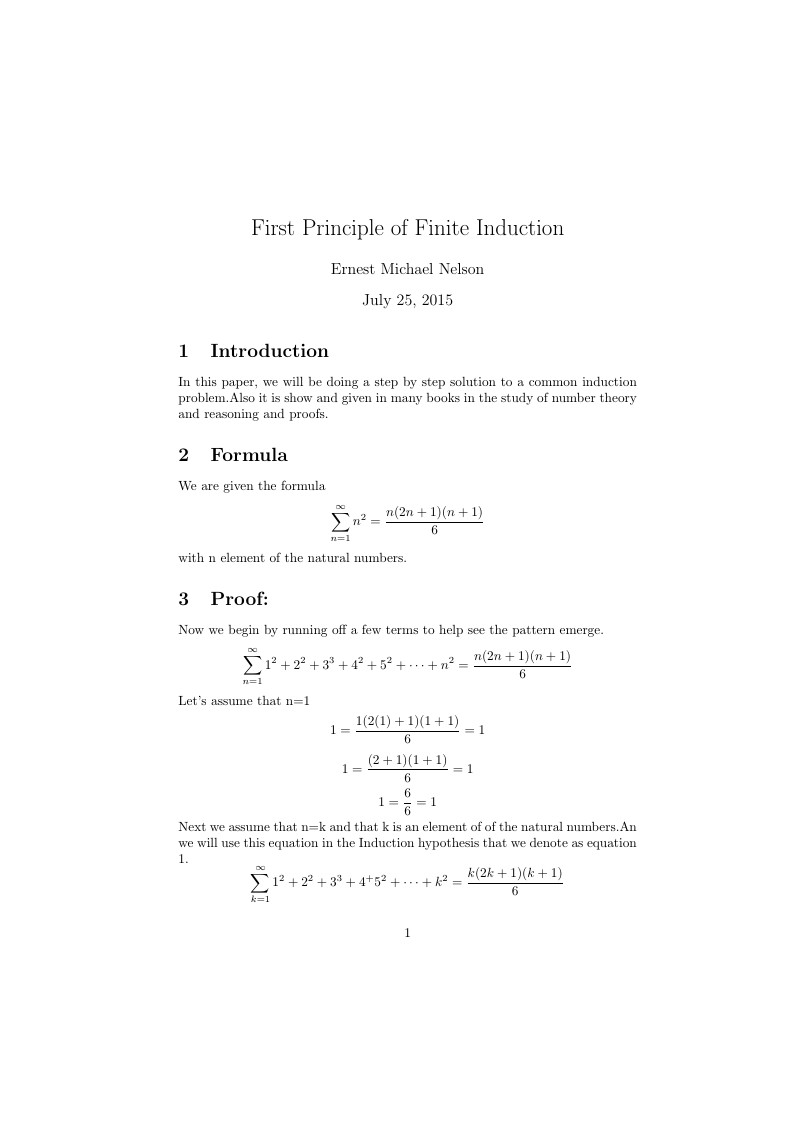
Mathematical Induction paper
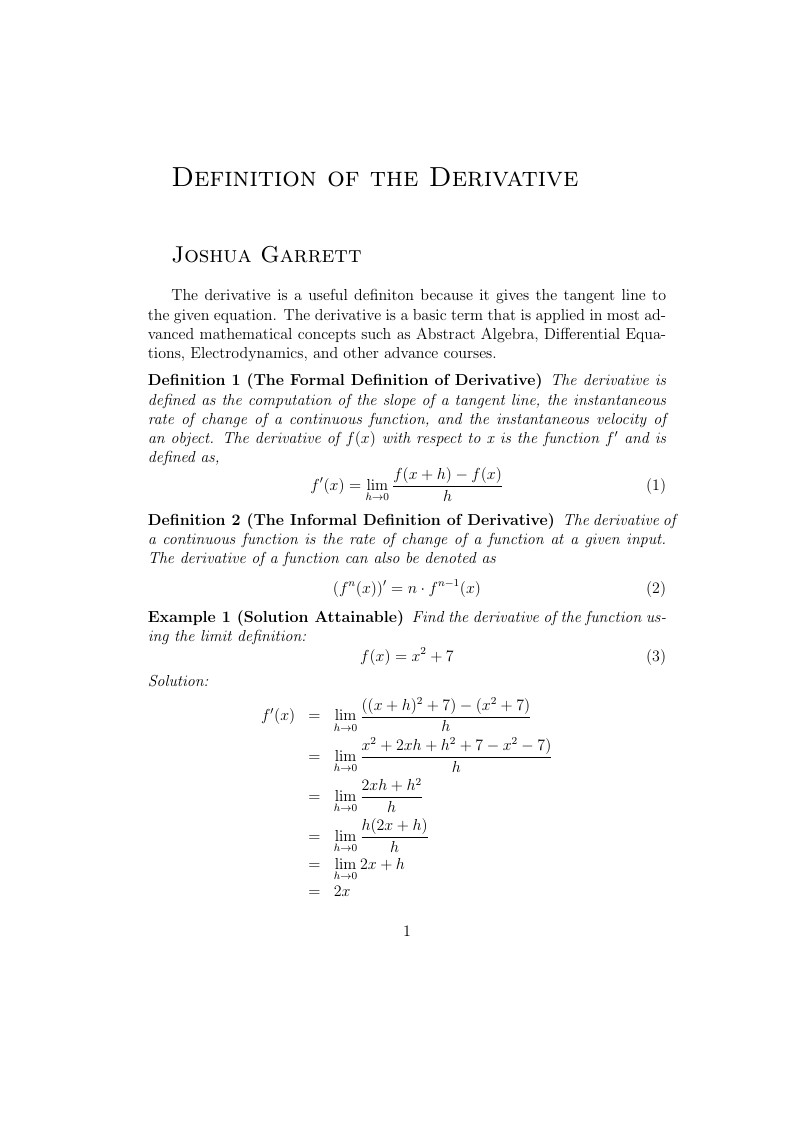
Latex assignment of the definition of a derivative
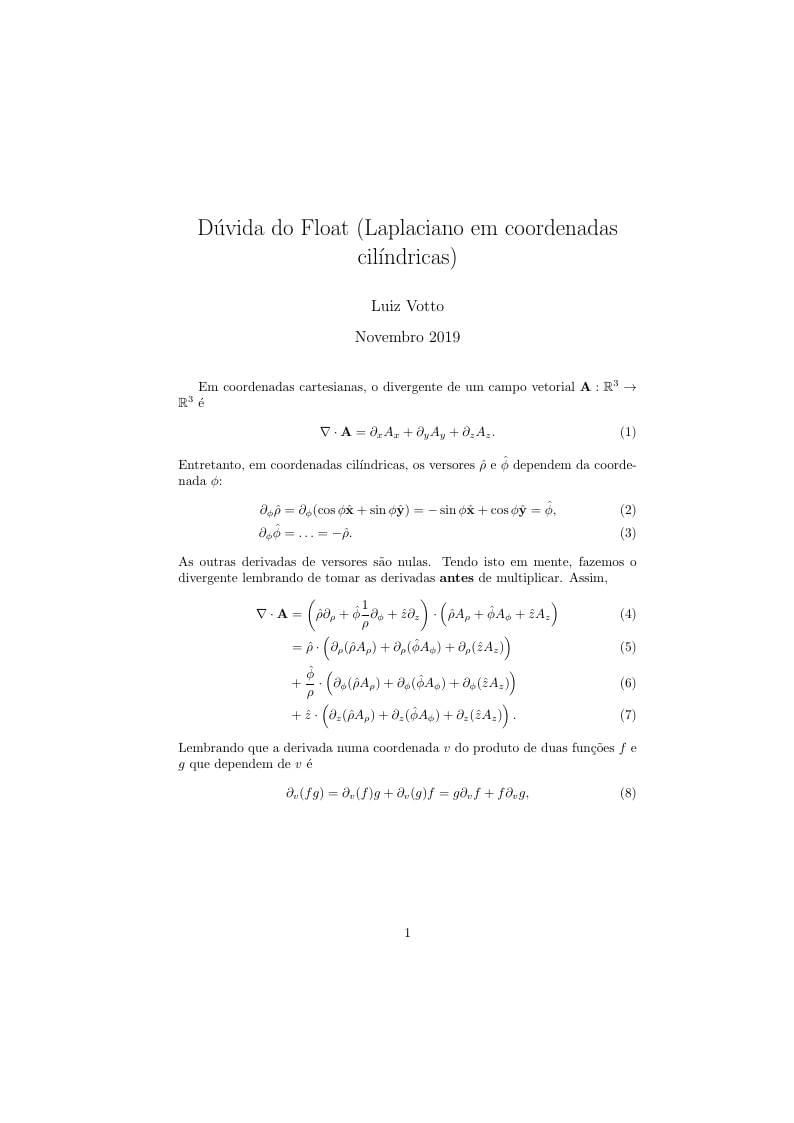
Sobre a fórmula do laplaciano
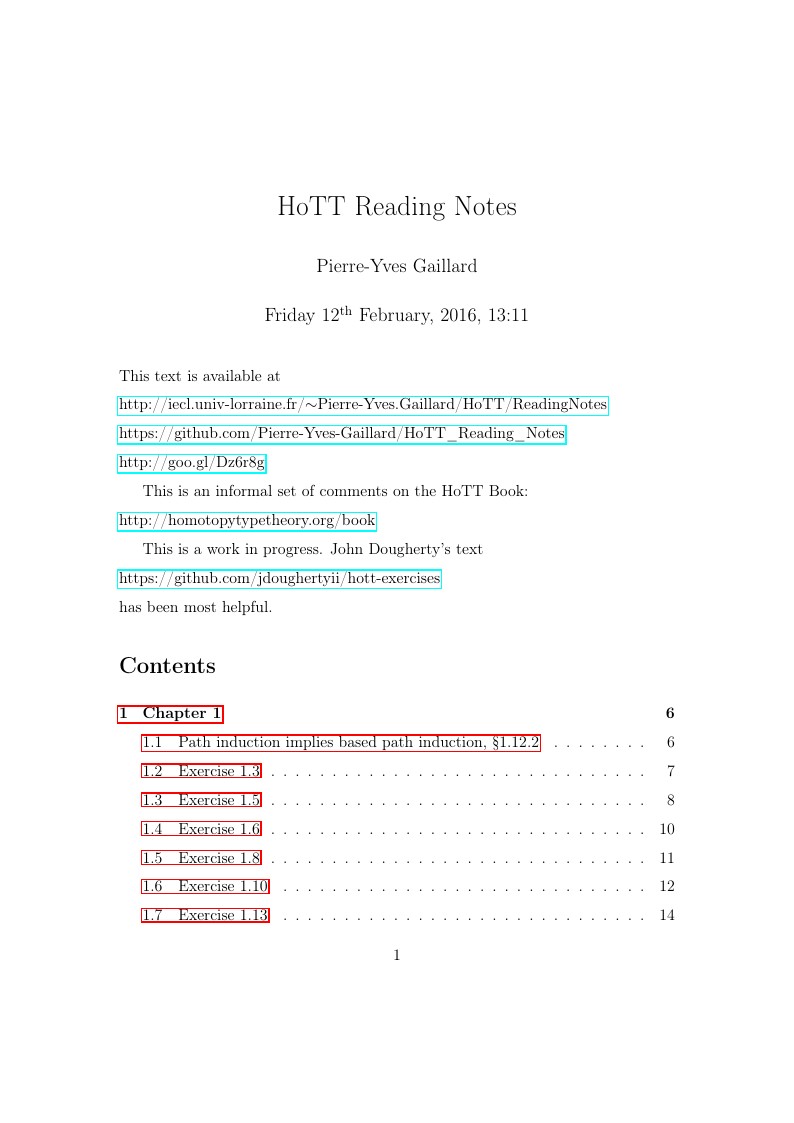
This is an informal set of comments on the HoTT Book.

The main aim of this paper to establish the relations between forward, backward and central finite (divided) differences (that is discrete analog of the derivative) and partial & ordinary high-order derivatives of the polynomials.
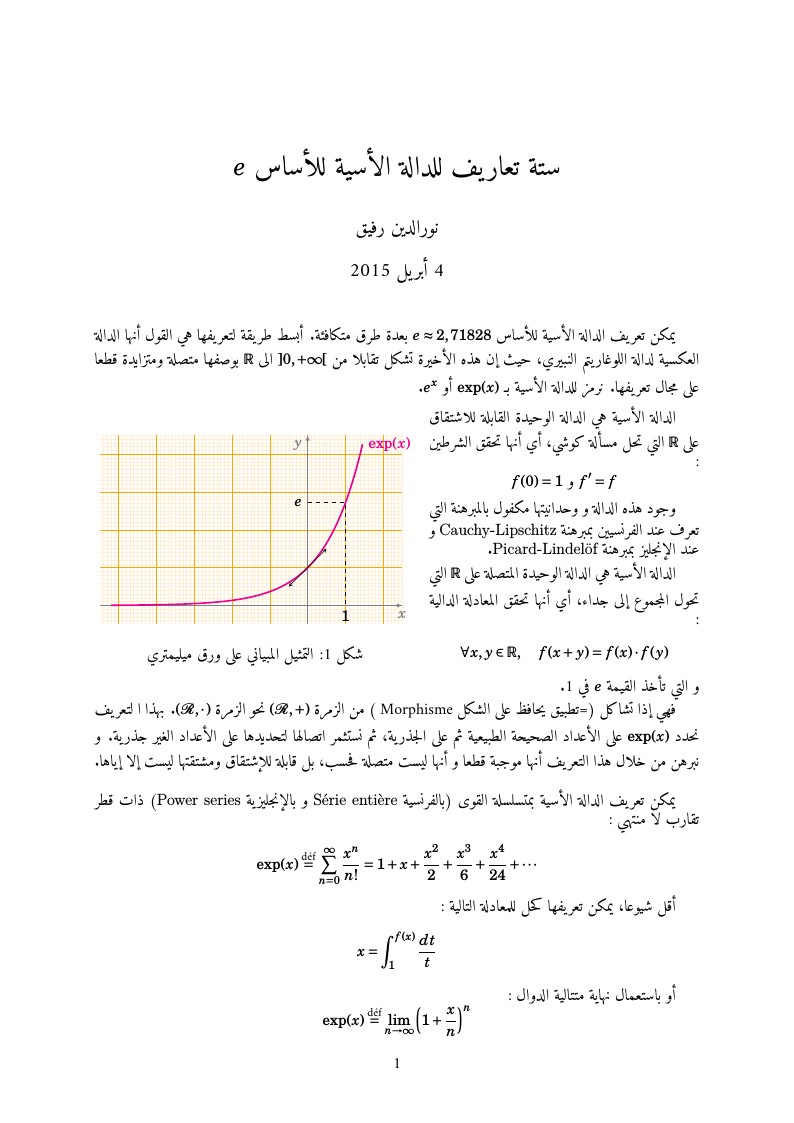
Compiler à l'aide de XeLaTeX %%

Mathematical Rings
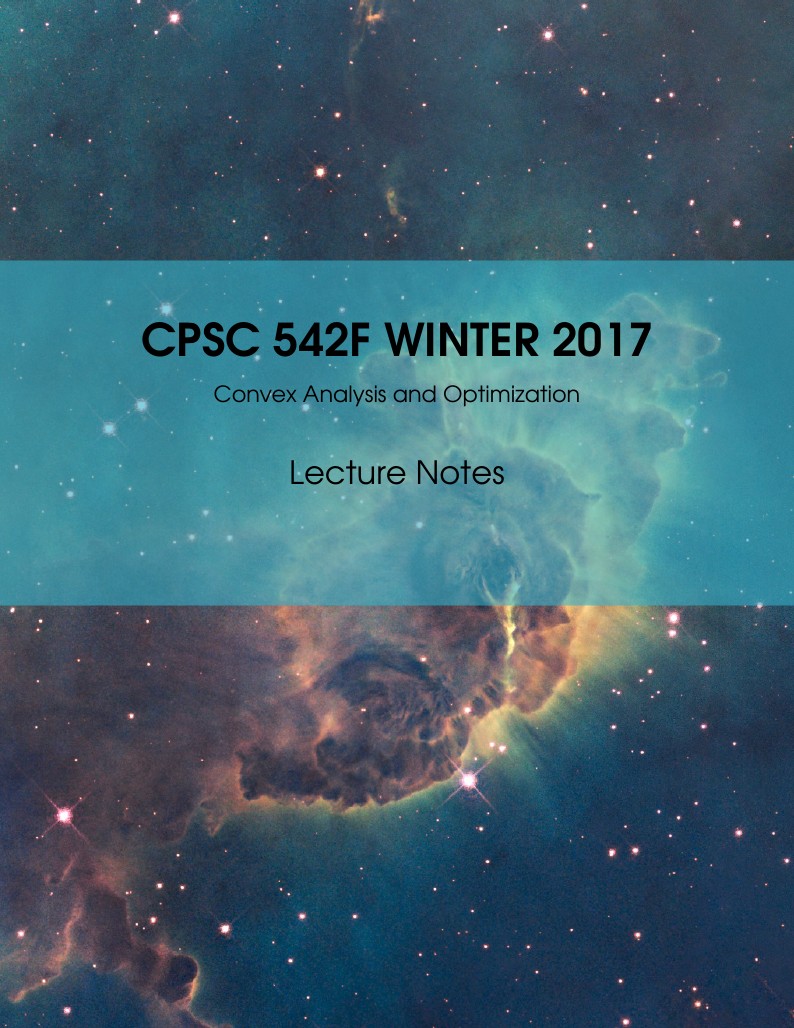
My documentation report Objetive: Keep track of the notes taken in convex analysis course.
\begin
Discover why over 20 million people worldwide trust Overleaf with their work.